In the 1960s art fell out of time; both artists and critics lost their temporal bearings in response to what E. M. Cioran called "not being entitled to time." This anxiety and uneasiness about
time, which Pamela Lee calls "chronophobia," cut across movements, media, and genres, and was figured in works ranging from kinetic sculptures to Andy Warhol films. Despite its pervasiveness,
the subject of time and 1960s art has gone largely unexamined in historical accounts of the period. Chronophobia is the first critical attempt to define this obsession and analyze it in
relation to art and technology.
Lee discusses the chronophobia of art relative to the emergence of the Information Age in postwar culture. The accompanying rapid technological transformations, including the advent of
computers and automation processes, produced for many an acute sense of historical unknowing; the seemingly accelerated pace of life began to outstrip any attempts to make sense of the present.
Lee sees the attitude of 1960s art to time as a historical prelude to our current fixation on time and speed within digital culture. Reflecting upon the 1960s cultural anxiety about
temporality, she argues, helps us historicize our current relation to technology and time.
After an introductory framing of terms, Lee discusses such topics as "presentness" with repect to the interest in systems theory in 1960s art; kinetic sculpture and new forms of global media;
the temporality of the body and the spatialization of the visual image in the paintings of Bridget Riley and the performance art of Carolee Schneemann; Robert Smithson's interest in seriality
and futurity, considered in light of his reading of George Kubler's important work The Shape of Time: Remarks on the History of Things and Norbert Wiener's discussion of cybernetics; and
the endless belaboring of the present in sixties art, as seen in Warhol's Empire and the work of On Kawara.
-
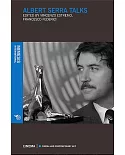
Albert Serra Talks
$630 -

The Avant-Garde Won’t Give Up: Cobra and Its Legacy
$1,748 -
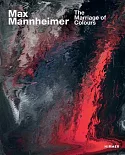
Max Mannheimer: The Marriage of Colours
$2,025 -
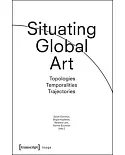
Situating Global Art: Topologies – Temporalities – Trajectories
$2,025 -
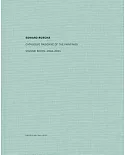
Edward Ruscha: Catalogue Raisonne of the Paintings 2004-2011
$7,000 -

Eva & Edele: You Are My Biggest Inspiration
$1,470 -

An Inventory of Shimmers: Objects of Intimacy in Contemporary Art
$1,225 -
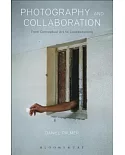
Photography and Collaboration: From Conceptual Art to Crowdsourcing
$3,960 -

Machine Project: The Platinum Collection
$1,748 -
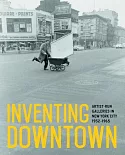
Inventing Downtown: Artist-Run Galleries in New York City 1952-1965
$2,625 -
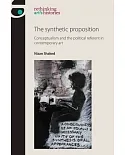
The Synthetic Proposition: Conceptualism and the Political Referent in Contemporary Art
$1,573 -
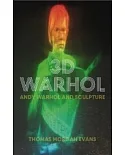
3D Warhol: Andy Warhol and Sculpture
$4,455 -

Abstraction in Reverse: The Reconfigured Spectator in Mid-Twentieth-Century Latin American Art
$2,250 -

Postwar: Art Between the Pacific and the Atlantic 1945-1965
$2,625 -
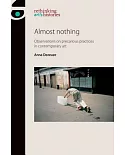
Almost Nothing: Observations on Precarious Practices in Contemporary Art
$4,950 -

Doug Wheeler
$2,100 -
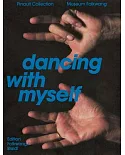
Dancing With Myself: Self-Portrait and Self-Invention, Works from the Pinault Collection
$1,225 -
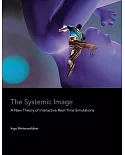
The Systemic Image: A New Theory of Interactive Real-Time Simulations
$3,240 -

The Lonely City: Adventures in the Art of Being Alone
$630 -

Andrei Sharov
$1,750

